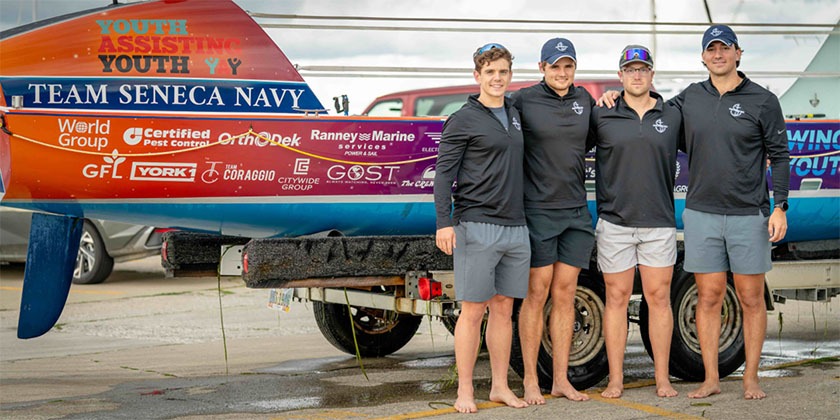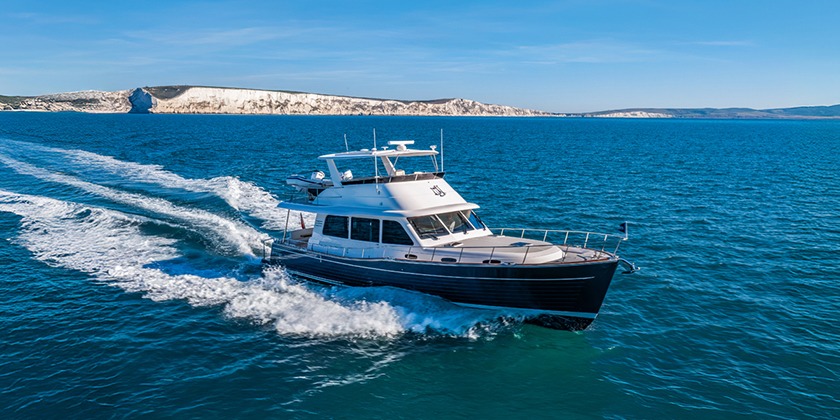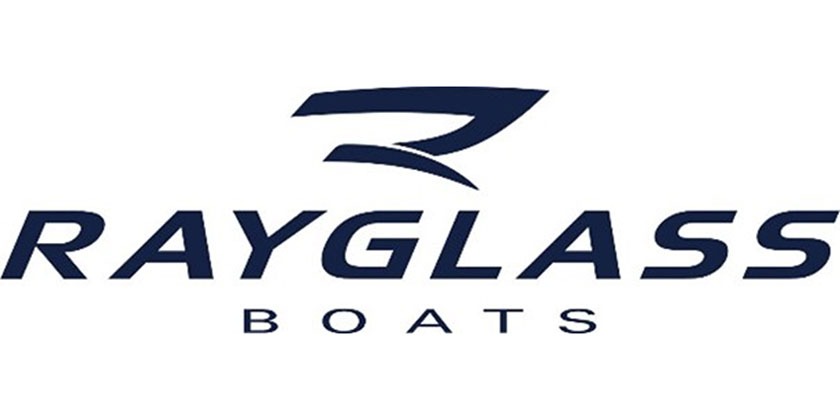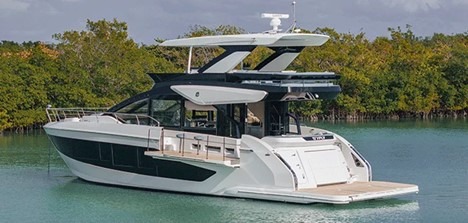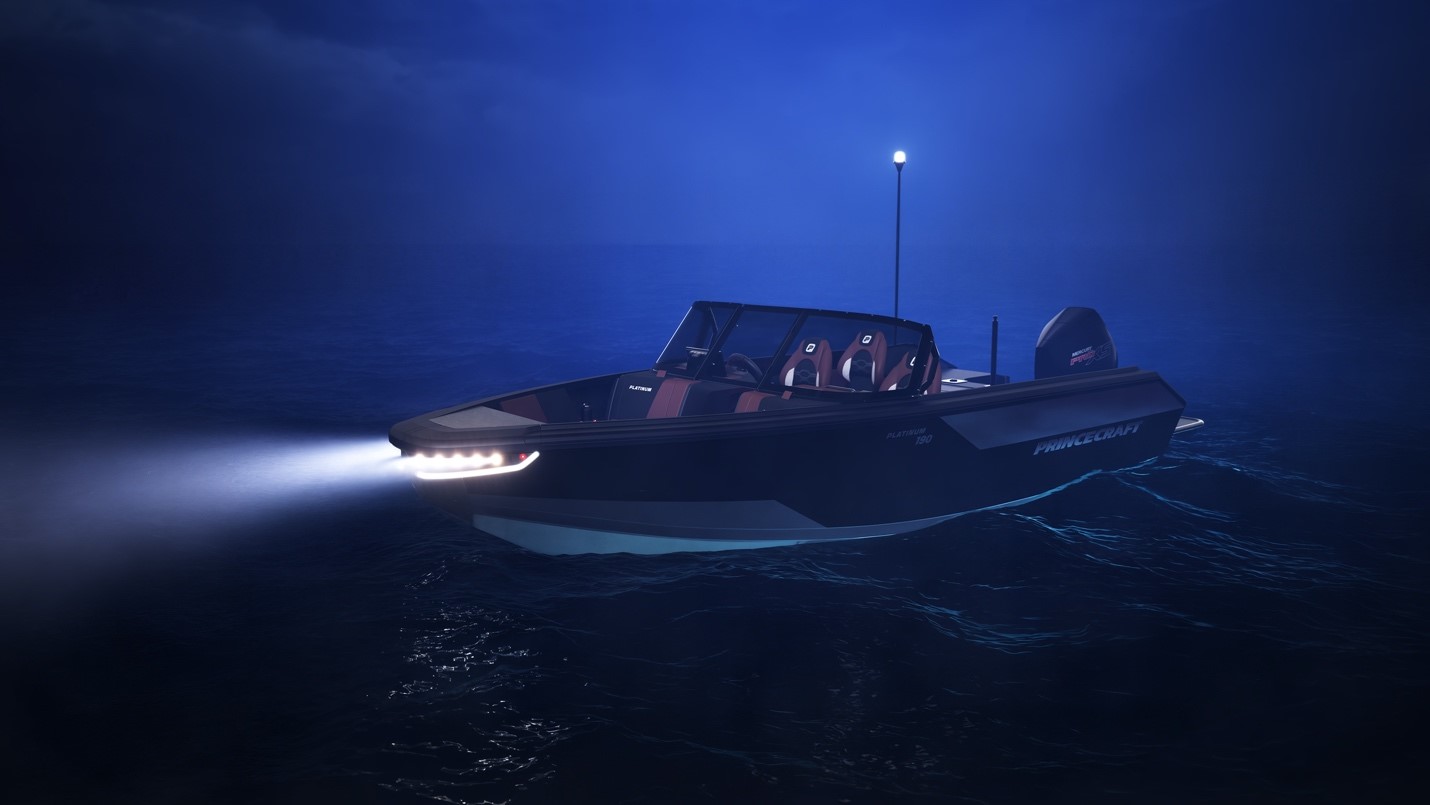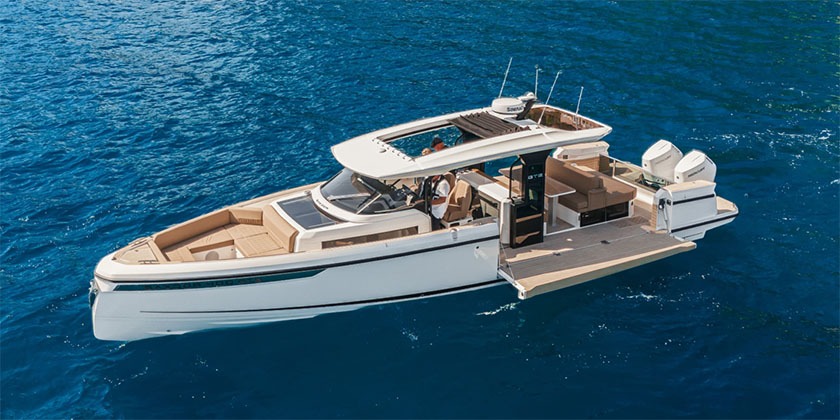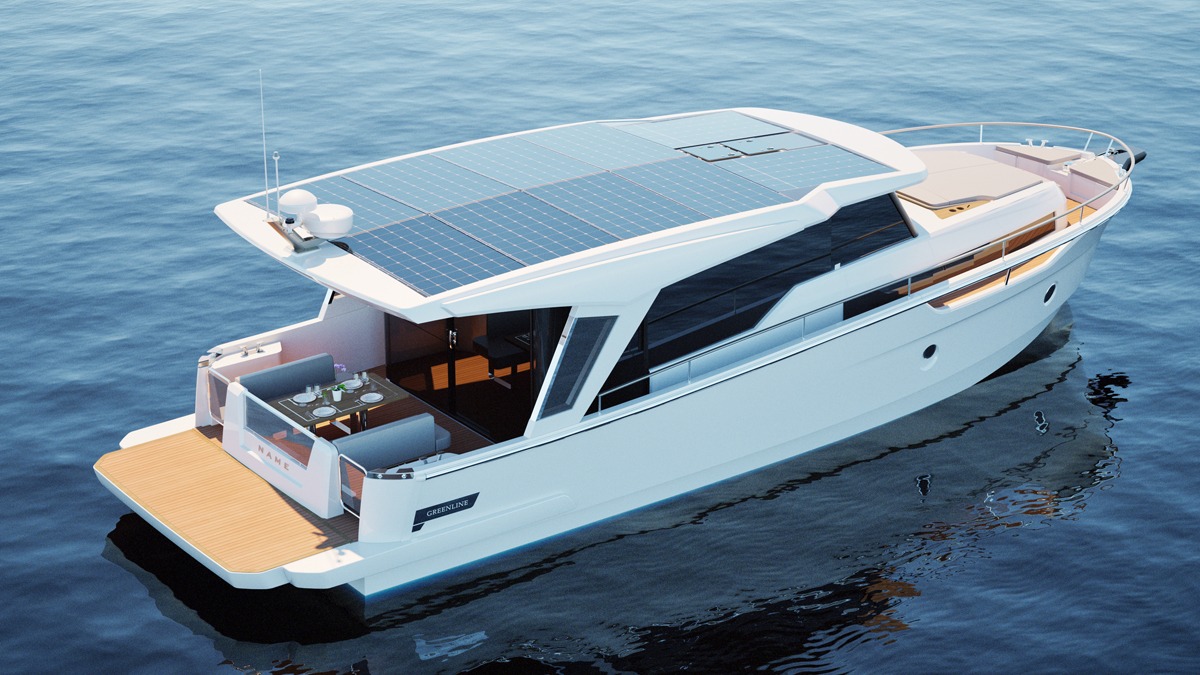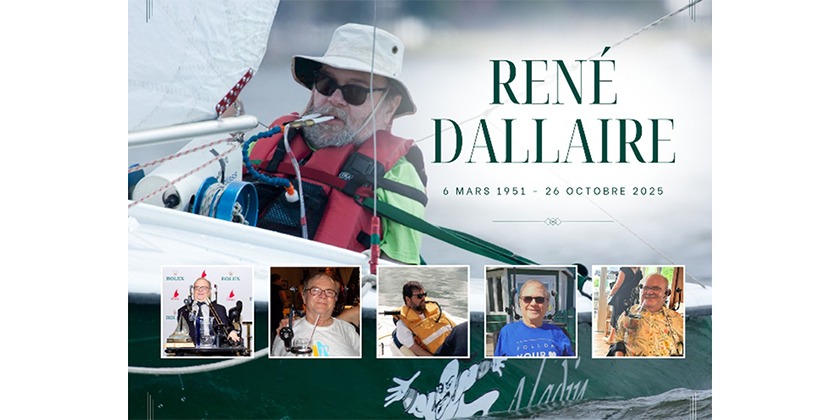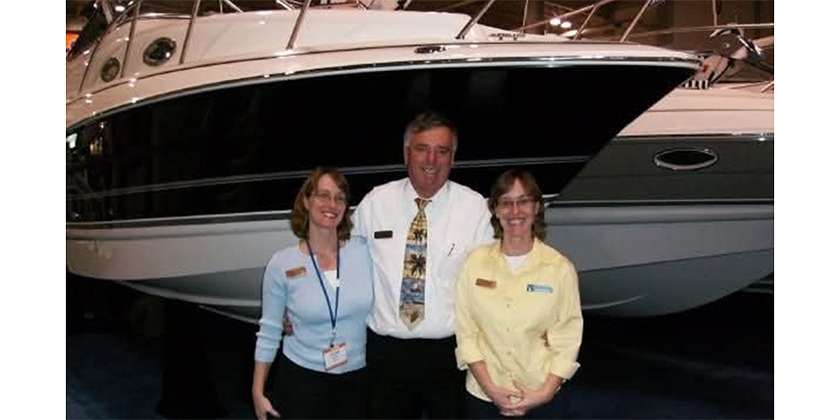VHF book review: Some Good Summer, Winter, Spring and Fall Reading

Sept 13, 2022
By Keith Willson
Three books in a series of books by Canadian author Erik Skovgaard.
• Marine VHF Radio Handbook for the BC Coast.
• Marine AIS & DSC Handbook
• The Marine Radar Handbook.
These three books, as the author states, are not intended to be comprehensive treatises on their subject matter. They are intended to be Guide/Handbooks. This has been extremely well accomplished. To entice you to actually read and use them there are three major points to consider.
1) They are not large (5.5 x 8.5), so they will fit in any convenient spot close to your electronics or bookshelf at home.
2) They are spiral bound so that they lay flat. That leaves you with both hands free when you are trying something on your electronics. It also means that the book stays open where you have it.
3) They are printed single sided. A brilliant concept for those of us that like to take notes on our particular equipment like the serial number or where the spare fuse is stashed.
The books are an easy read, written in plain language, with very little technical detail. For those of you that want to dig deep into the technical details the author has provided a good list of Web links in the appendices.
The Marine VHF Radio Handbook for the BC Coast
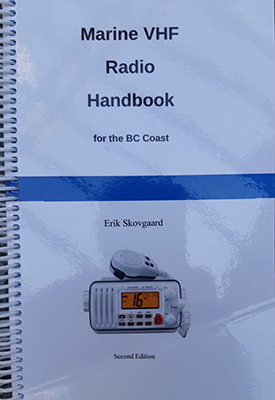 Although the title suggests the book is specific to the BC Coast, while many examples and certain circumstances discussed are BC specific, the subject matter is universal. Thus, this book is directed to anybody, anywhere. This is an excellent book for all the newcomers to marine VHF radios and all of us oldies who have become complacent over the years. The book is 80 pages long and covers everything from legal requirements to installation to proper emergency protocols. There are a few illustrations and pictures but almost a quarter of the book covers proper communications protocols. Proper communications are presented through the liberal use of examples and templates. Although the examples are somewhat BC specific, any reader can easily make the examples and templates locally applicable.
Although the title suggests the book is specific to the BC Coast, while many examples and certain circumstances discussed are BC specific, the subject matter is universal. Thus, this book is directed to anybody, anywhere. This is an excellent book for all the newcomers to marine VHF radios and all of us oldies who have become complacent over the years. The book is 80 pages long and covers everything from legal requirements to installation to proper emergency protocols. There are a few illustrations and pictures but almost a quarter of the book covers proper communications protocols. Proper communications are presented through the liberal use of examples and templates. Although the examples are somewhat BC specific, any reader can easily make the examples and templates locally applicable.
Ever wonder what happens when you press that little red button. What you should do if you press it by mistake. And more importantly what should you do if you mean to press it. This book covers it all in sufficient detail to get you out of trouble.
AIS and DSC are discussed but not in detail as there is another book in the series that is devoted to these subjects.
This book is a great refresher in the proper use of marine VHF which can easily be read in an afternoon.
Marine AIS & DSC Handbook
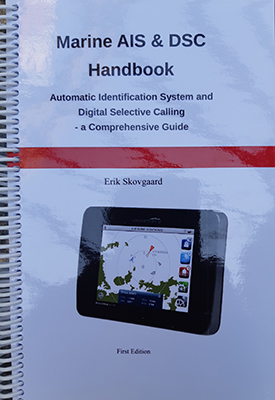 Moving on from the VHF handbook, this book is a logical follow up. Automatic Identification System (AIS) and Digital Selective Calling (DSC) are discussed in enough detail to satisfy the thirst for most readers. Those searching for more in-depth detail are directed to a list of Web Links at the end.
Moving on from the VHF handbook, this book is a logical follow up. Automatic Identification System (AIS) and Digital Selective Calling (DSC) are discussed in enough detail to satisfy the thirst for most readers. Those searching for more in-depth detail are directed to a list of Web Links at the end.
This book is 90 pages in length and is split roughly between the subject areas. It is intended to answer questions such as What does AIS do for me; What does DSC do for me. The book is written in plain language and contains illustrations and pictures to assist the text where required.
AIS was initially developed for commercial vessels over 300 tons. AIS has developed tremendously since 2006 and is now readily available in the recreational boating market. Its main purpose was and still is a collision avoidance system. The author reinforces the point that having AIS does not negate the legal requirement to keep a proper look out. AIS provides the user with a lot of information such as current location of the vessel, speed and course, type of vessel and dimensions, identity of the target vessel. Having this data allows your base unit to rapidly calculate the distance to the vessel of interest and the closest point of approach (CPA) and the time it will occur. What this all looks like on your multi-function display is discussed to help prevent user overload and navigational errors.
DSC was originally developed to assist in search and rescue. However, with the rapid development of technology and international standards it now offers the user much more. Today’s users can contact another user or group of users using their MMSI number(s) and have a private conversation without tying up the regular VHF channels. Modern VHF radios can be interfaced with a GPS unit which allows the vessels position to be transmitted along with a distress message if the little red button is pushed. One less thing to think about in a real emergency.
This is an excellent book for a relaxing one or two days read. It will bring you up to date on these modern technologies and quite probably teach you some things that you never knew you could do.
The Marine Radar Handbook This book has a sub-title “Learn to use and get the most out of your Radar” and it is written to achieve just that.
This book has a sub-title “Learn to use and get the most out of your Radar” and it is written to achieve just that.
At 84 pages, this guide is well illustrated with drawings and screenshots. There is a lot of subject matter covered in detail. A list of references and Web sites is provided for those who crave more. The author stresses that this book should never be used in place of your Owners manual as the book, by necessity is general in nature.
Radio Detection And Ranging (RADAR) was invented in the mid 1930s. Technology improvements and cost reductions have greatly expanded the use of this for recreational boaters.
This guidebook provides information on selecting RADAR equipment and its proper installation and use for those considering purchasing RADAR. It also provides information for those who have RADAR and cannot either get it to work properly or cannot interpret what it is telling them.
For those of you who have RADAR the book discusses the main controls and their functions. Each control is discussed in detail to provide the user with a greater degree of comfort. One thing is stressed. If you have RADAR use it. That’s the only way to become familiar with your unit and its controls.
Your legal requirements are also briefly discussed. Basically, the Col Regs state that if you have Radar, you use it effectively to prevent collisions. They also say that you should not rely solely on RADAR information.
If you want to refresh yourself on your electronics or are considering purchasing a RADAR unit spending a quiet day reading this book is a great investment.
Keith Willson is a CPS life member, Commander Retired


